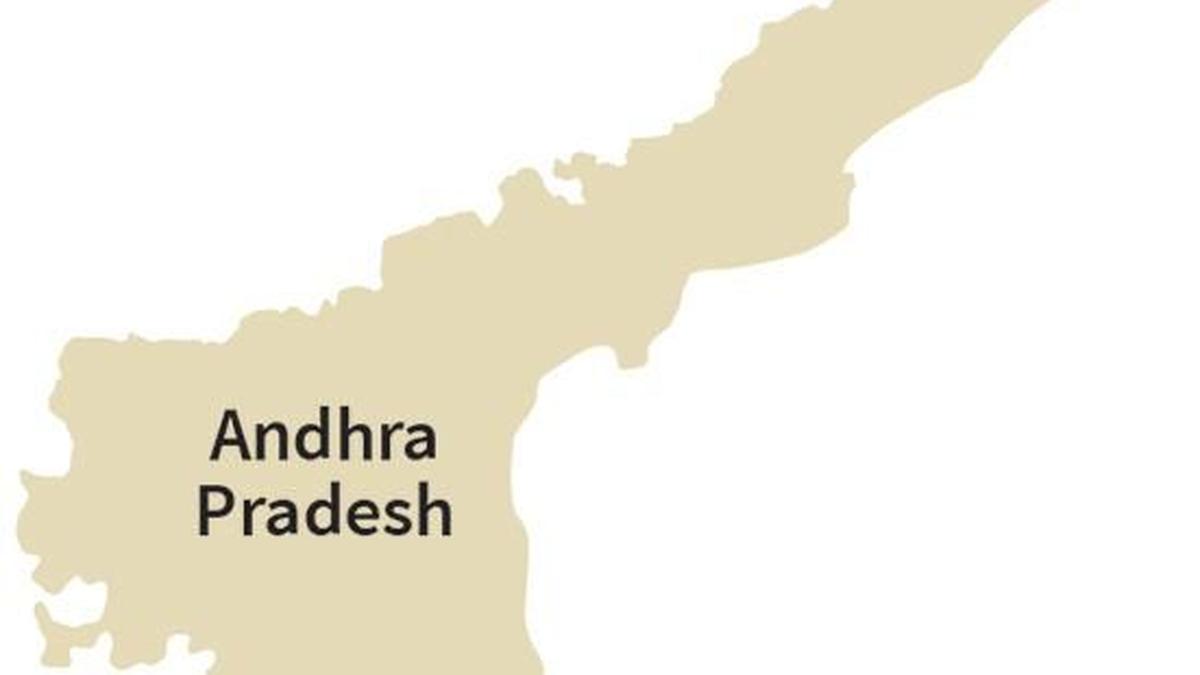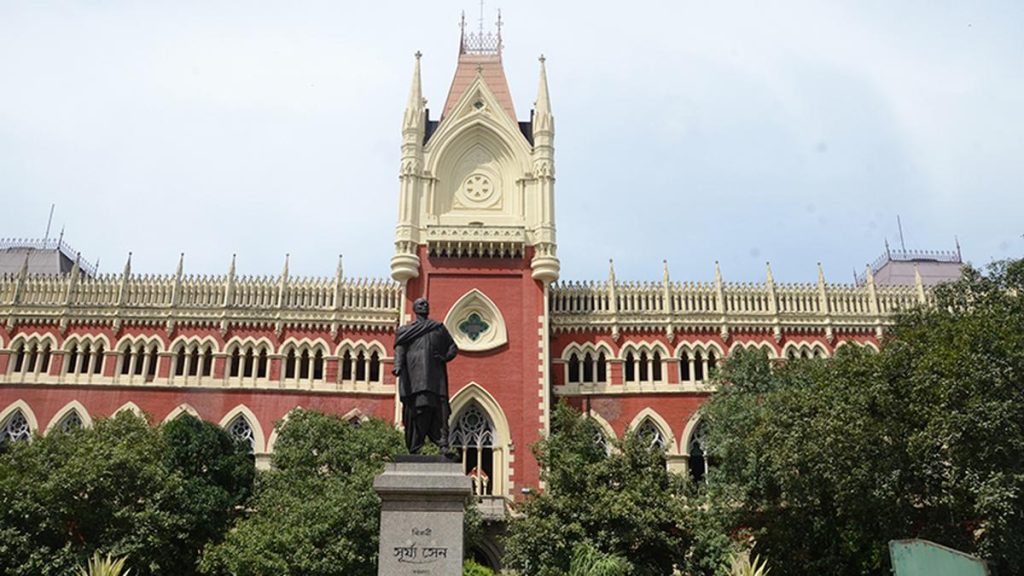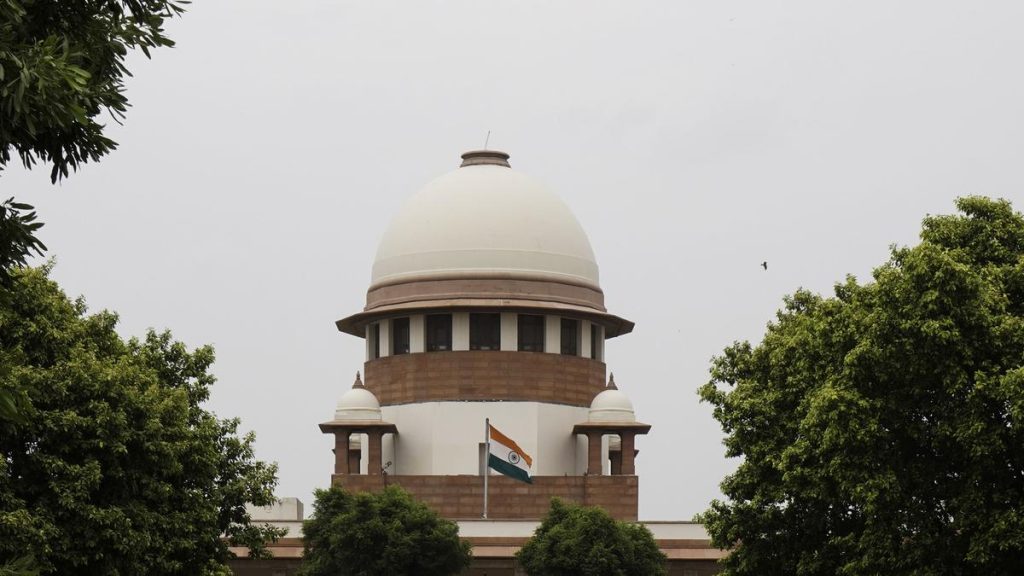Now Reading: An Unfulfilled Promise?
-
01
An Unfulfilled Promise?
An Unfulfilled Promise?

Swift Summary:
- Andhra Pradesh Chief Minister N. Chandrababu Naidu is invoking his legacy of power sector reforms during his return in the 2024 Assembly elections.
- Mr. Naidu claims to have instructed power utilities not to raise tariffs,but Left parties dispute this,stating tariffs have increased recently.
- Industrialists expressed concern over high electricity costs, which can go up to ₹12 per unit. Mr. Naidu assured them of efforts to reduce tariffs by ₹0.50 per unit annually over four years.
- Analysts question the feasibility of reducing tariffs due to financial distress faced by discoms already burdened with debts and limited government reimbursements for subsidized supply.
- The Energy Department is focused on ensuring quality and uninterrupted power despite challenges posed by rising costs and capital expenditure requirements.
- Critics blame mr. Naidu’s past reforms for introducing true-up charges that allow retrospective recovery of costs by DISCOMs; others point out issues with solar energy agreements signed under potentially dubious circumstances during YSRCP rule.
- Rising electricity duty from ₹6 paisa to ₹1 per unit has impacted industries negatively, leading them to unsuccessfully challenge the hike in courts.
- Tariffs are likely bound to rise continuously due to increasing power generation and operational costs across all consumer categories (industrial, commercial, domestic).
indian Opinion Analysis:
The ongoing debate around electricity tariffs in Andhra Pradesh underscores structural challenges in India’s energy sector management. While chief Minister Chandrababu Naidu’s promise not to increase tariffs resonates politically, it raises questions about economic sustainability given DISCOMs’ deep financial distress rooted in debt accumulation and cost-revenue mismatches.Industrial concerns about high tariff rates signal wider implications for attracting and retaining manufacturing investments-a critical factor for state-level economic growth. The rising electricity duty provides further evidence that industrial competitiveness may be under strain unless long-term solutions are sought.
Despite political rhetoric against tariff hikes or promises of reduction,systemic inefficiencies-such as unsustainable subsidies paired with growing production costs-make meaningful cost cuts unlikely without compromising service quality or infrastructure investments. Any attempt at marginal tariff relief would need considerable government support or innovative financing models addressing revenue shortfalls.
Ultimately, balancing consumer affordability while ensuring the fiscal health of DISCOMs remains an enduring challenge across India’s states-a reminder that quality infrastructure comes at a price few governments can easily absorb without careful planning.
Read More:

























